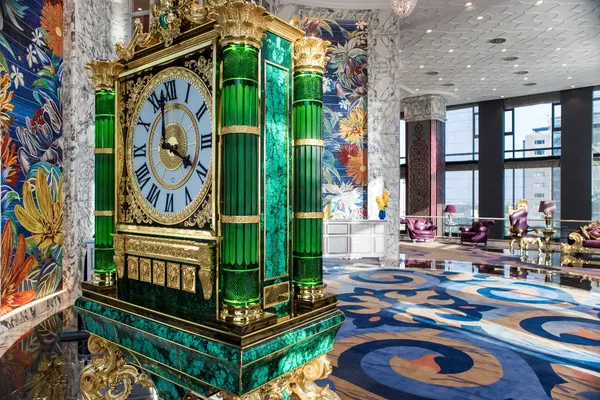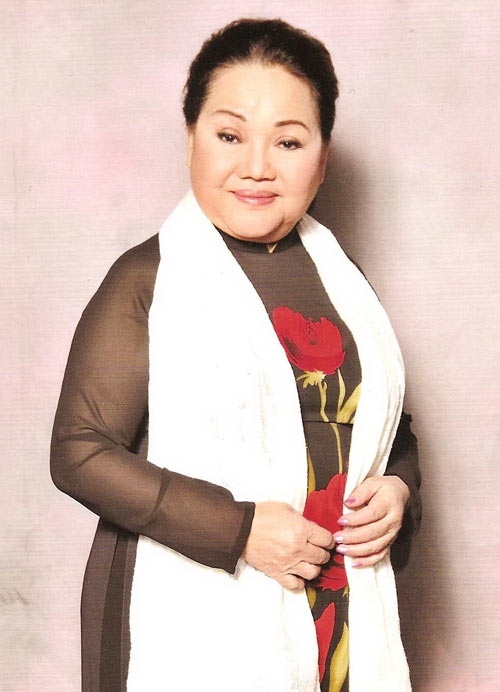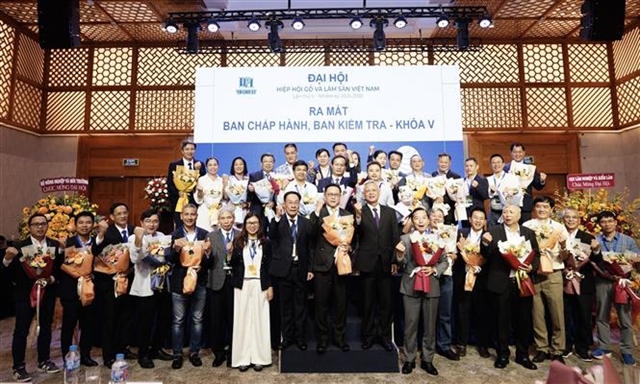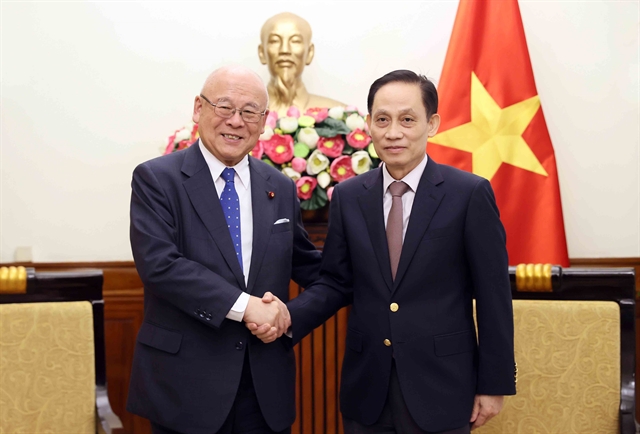 Life & Style
Life & Style

HCM City’s Trần Hữu Trang Theatre in co-operation with its partner Tiền Giang Province’s Department of Culture, Sports and Tourism will stage a cải lương show to celebrate 110th anniversary of the late playwright Trần Hữu Trang’s birthday, one of the region’s foremost artists of cải lương (reformed theatre).
 |
| Honoring Trang: Cải lương star Ngọc Giàu of HCM City will participate in a show organised by the Trần Hữu Trang Theatre, in memory of the late playwright Trần Hữu Trang, one of the region’s foremost artists in cải lương (reformed theatre). (Photo by Thanh Hieäp) |
HCM CITY — HCM City’s Trần Hữu Trang Theatre in co-operation with its partner Tiền Giang Province’s Department of Culture, Sports and Tourism will stage a cải lương show to celebrate 110th anniversary of the late playwright Trần Hữu Trang’s birthday, one of the region’s foremost artists of cải lương (reformed theatre), on April 15 at the city’s Opera House.
The event’s first part will feature Đời Cô Lựu (Mrs Lựu’s Life), one of Trang’s most popular plays first staged in the 1930s by cải lương pioneers Năm Châu, Phùng Há and Út Trà Ôn.
The play portrays Lựu, a Vietnamese woman, and her challenges and sufferings under the feudal society in the south.
Its second part will introduce a TV report produced by the Hồ Chí Minh Television, called Trần Hữu Trang- Một Đời Tổ Nghiệp (Trần Hữu Trang- A Life for Cải Lương Theatre), about the life and career of Trang.
“We began to hire staff and investment for the show last week,” said People’s Artist Trần Ngọc Giàu, director of the Trần Hữu Trang Theatre, the region’s leading cải lương theatre, which was named under the artist’s name.
“Our performance aims to raise funds to build a temple to the memory of Trang in his homeland, Chợ Gạo District of Tiền Giang,” he added.
The show has attracted dozens of veteran and young artists, such as People’s Artist Bạch Tuyết, People’s Artist Lệ Thủy, Thoại Mỹ, Kim Tử Long and Quế Trân.
Young talents like Võ Minh Lâm and Lê Tứ will also be included.
"Playwright Trang was the first to feature women as leading characters in cải lương. Though he has passed away, his art is still alive among Vietnamese audiences, particularly southerners," said Giàu.
Trang was born in 1906 to a farming family in Chợ Gạo of Mỹ Tho Province (now Tiền Giang).
He began his professional career in 1928, working for leading troupes owned by Năm Phỉ and Năm Châu, great veterans of cải lương.
His first play, Löûa Ñoû Loøng Son (Mind in Fire), featured social problems.
In the 1930s, Trang was at the peak of his artistry and fame, trying to put his new ideas in serious plays such Lan Và Điệp (Love Story of Lan and Điệp), Tìm Hạnh Phúc (Seeking Happiness) and Khi Người Điên Biết Yêu (When the Madman Loves).
After the August Revolution in 1945, Trang joined the revolution and worked in Sài Gòn-Chợ Lớn. He was a member of the National Front for the Liberation of the South.
In 1946, he wrote Hậu Chiến Trường, a work about patriotism. His last play was Nguyễn Văn Trỗi (Hero Nguyễn Văn Trỗi).
He died in 1966 in battle. Hiis body has never been found.
He created more than 30 works and all feature Vietnamese characteristics. Most of them have been recognised as canonical cải lương and have been staged many times by different generations at home and abroad..
For his contributions, he was awarded the Hồ Chí Minh Prize by the Government in 1996. — VNS




